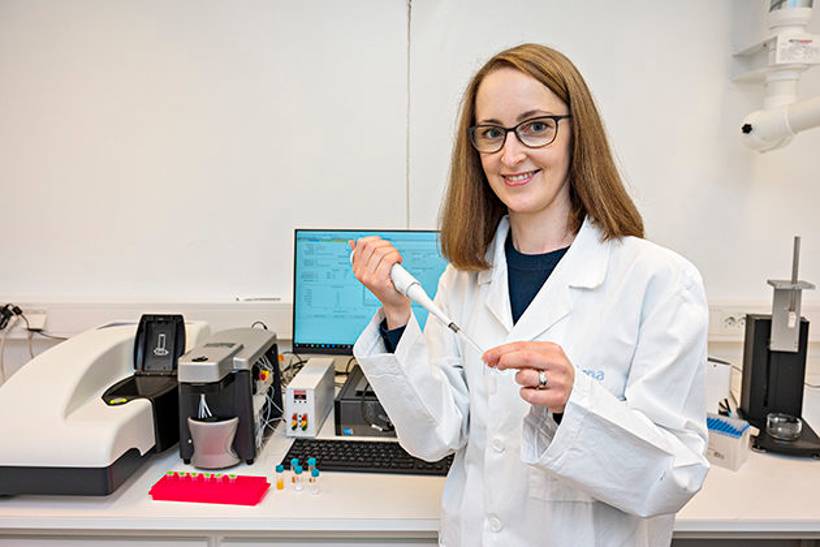Introduction:

In the realm of drug delivery, biodegradable polymers have gained significant attention due to their ability to serve as carriers for controlled drug release. One such promising material is nanocellulose, which, when combined with poly (vinyl alcohol) (PVA), exhibits remarkable potential. This blog post explores the recent advancements in the evaluation of acetaminophen release from PVA and nanocellulose films while highlighting the key role of a multiphase release mechanism.
The Quest for Improved Drug Delivery:
The controlled release of drugs has revolutionized various therapeutic applications. Biodegradable polymers have opened up new avenues for sustained drug delivery, ensuring optimal therapeutic outcomes. However, the challenges lie in the development of efficient drug carriers that exhibit controlled release profiles. Recent research has focused on nanocellulose, a nanomaterial derived from cellulose, to overcome these obstacles.
Uncovering the Potential of Nanocellulose:
Nanocellulose fibrils (NFCs) offer unique attributes that make them highly suitable for drug delivery. Their high surface area, excellent mechanical properties, and biocompatibility are enticing features enabling effective control over drug release. Nevertheless, NFCs typically require chemical crosslinking involving harsh acids and solvents to achieve the desired drug delivery properties. Researchers have taken a significant leap forward by mediating oxidized nanocellulose fibrils (TNFCs) with TEMPO, which allows for aqueous formulation without utilizing harsh chemicals.
Enhancing Drug Release with PVA:
Poly (vinyl alcohol) (PVA), a water-soluble polymer, has been extensively utilized for various pharmaceutical applications. When combined with nanocellulose, PVA offers versatility and improved drug release characteristics. The addition of PVA to nanocellulose films promotes controlled release, prolonging the therapeutic effect of the drug. PVA acts as a matrix within which the drug is entrapped, ensuring its sustained and targeted release.
An Insight into the Multiphase Release Mechanism:
To understand the drug release behavior and its underlying mechanisms, researchers have employed a multiphase release mechanism evaluation. This assessment method allows for a comprehensive understanding of how different phases contribute to the overall release of the drug. The results indicated that the inclusion of TNFCs in PVA films showcased superior control over the release of acetaminophen compared to NFCs in PVA.
Redefining Drug Release:
More specifically, the controlled release of acetaminophen from TNFCs and PVA films was primarily attributed to a burst release mechanism. Burst release refers to the rapid release of the drug from the immediate surface, rather than the slow diffusion of the drug from the matrix. This observation suggests that the TNFCs in PVA govern the initial release, leading to enhanced therapeutic efficacy.
Modeling the Future:
By gaining a deeper understanding of the multiphase release mechanism, researchers can now develop more accurate models to predict drug release profiles. Such models are crucial for the development of personalized drug delivery systems and can assist in tailoring drug doses to meet specific patients' requirements effectively.
Conclusion:
The combination of nanocellulose fibrils (NFCs) and poly (vinyl alcohol) (PVA) represents a promising approach for achieving controlled drug release. Recent research has demonstrated the potential of TNFCs in PVA films, showcasing their superior ability to control the release of acetaminophen. This multiphase release mechanism evaluation has shed light on the importance of understanding the initial drug release and its impact on therapeutic efficacy. As the field of nanocellulose-PVA films advances, we can expect more breakthroughs in drug delivery, leading to better treatment outcomes.
Keywords: PVA release film, acetaminophen release, nanocellulose fibrils, multiphase release mechanism, controlled drug delivery, nanomaterials, drug release modeling.
